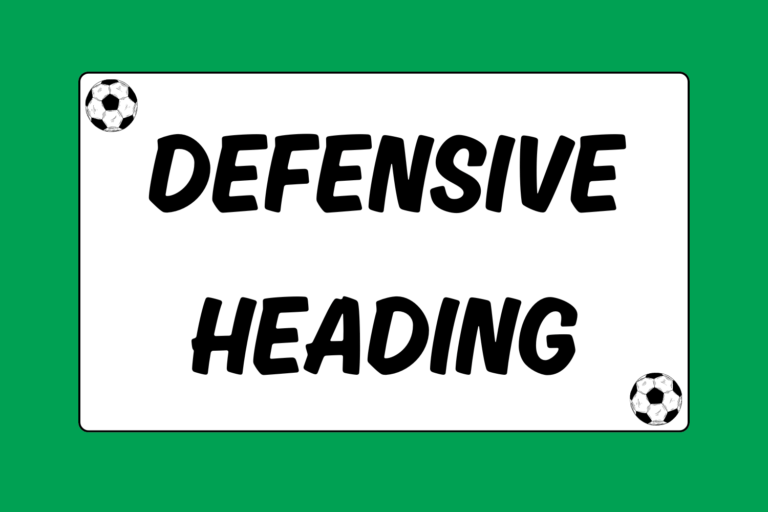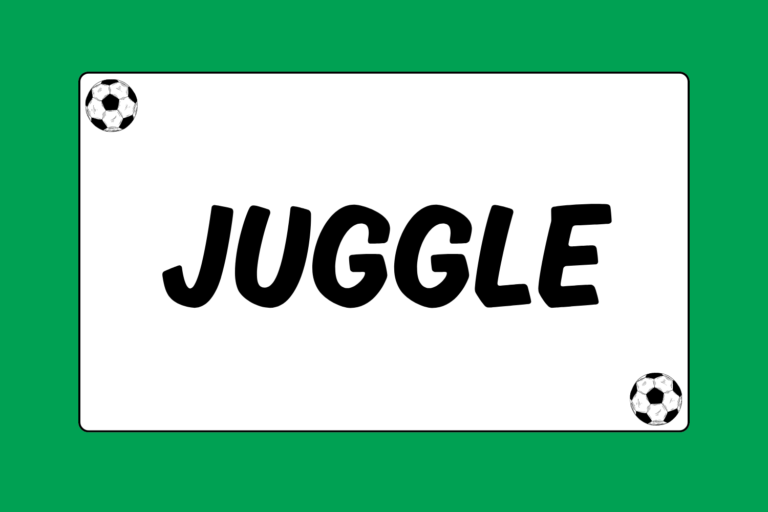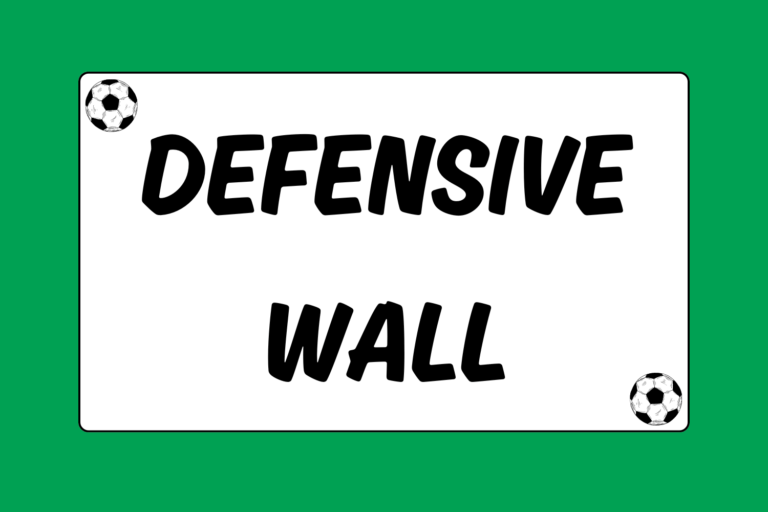The ability to effectively trap the ball is one of the most important and under-appreciated skills in soccer. It’s an integral part of controlling the pace and flow of the game and a key component of many other skills, especially dribbling, passing and shooting.
Trapping refers to stopping the ball by cushioning it so that it is easy to control, and is different from simply receiving a pass. Though it may seem like a simple skill, it’s important to specifically practice developing good trapping technique.
Control
The goal when trapping a soccer ball is to leave it within three feet of yourself. This is done to ensure the next touch can be a positive one – one that is either toward the goal, or toward an open teammate. When first learning how to trap, it can help to imagine a three-foot circle around yourself, and working at keep the ball within this circle.
The primary trick to trapping the ball is deadening it, or taking away its momentum. However, players must also judge the flight of the ball, anticipate which area of the body to use, and be in the right position to trap it. Trapping is most often done with the feet, but sometimes the thigh or chest can be used to trap the ball.
Trapping with the Foot
Though the ball can be trapped with the sole or laces of the shoe, the best technique for trapping the ball involves using the inside of the foot. The inside of the foot offers the best means of control, and keeps the ball between the legs where it can be directed with either foot.
Proper trapping technique uses each of the following steps to be effective:
- Get in line with the ball: This means a player has to move both feet to line up with the ball. A lazy trap will usually lead to an errant ball.
- Lift the foot slightly off the ground: While doing this, swing the hips open and angle the trapping foot so that it’s perpendicular to the path of the ball.
- Keep the ankle locked and the toe up: The foot should be firm enough that the pace of the ball doesn’t disturb the angle.
- Raise elbows away from body: This helps a player maintain balance while on one foot, and is especially helpful for younger players.
- Move the foot backward slightly on contact: This deadens the ball, almost like catching the ball with your foot.
The key to trapping the ball with the foot is soft feet. A firm ankle and soft foot will keep the ball under control, and easier to move ahead on the attack.
Thigh Traps
Thigh traps require more practice to perfect because of the balance required. The thigh should be parallel to the ground, meaning the foot is higher off the ground. A good thigh trap also cushions the ball so that it will drop to the ground, almost as though the player is catching the ball with the inside part of the thigh.
As with any trap, start by moving behind the path of the ball to intercept it. It’s also helpful to raise the elbows away from the body to maintain balance. Control the ball, putting it in the space immediately in front of the feet; this will allow for a quick, accurate next move.
Chest Trap
Trapping the ball with the chest is easy, provided that the player moves quickly enough to get in position. The chest is a bigger surface than the thigh or foot, making the ball easier to control. Players should watch the ball into the chest, and arch the back so that the ball lands as softly as possible. When under pressure, it can be helpful to steer the ball downward so that the ball moves quickly to the ground where it can be directed.
Trapping Spin
Spin on the ball can add an extra challenge when trapping. A ball that has tough forward spin can be better controlled by moving the foot backward, letting it spin slightly up the leg for a second quick touch if necessary.
A ball with side spin is sometimes better controlled with an angled foot so that the ball meets the other foot. Either way, it’s important to read the path and rotation of the ball, and angle the foot and leg accordingly.
Trapping Drills
The simplicity of trapping drills makes it hard to understand why more coaches don’t use them. Players can pair off, stand ten yards apart, and take turns passing and/or lobbing the ball to a teammate to be trapped. Players should begin with soft passes, then progressing to hard passes, bouncing passes and lobs. It’s also helpful to increase the distance apart to make the drill more difficult.
Another great way to improve at trapping is simply kicking the ball against a wall and trapping it on the rebound. A hard surface, such as asphalt, can also improve your ability to trap rolling and bouncing balls. As with any soccer skill, a little time working away from practice can lead to big results on the field.
Hot Tip: Anticipate
Like so much of soccer, the key to trapping the ball is anticipating which area of the body to use to trap it. Practice by having a teammate lob or kick the ball in your direction to get better at recognizing the trajectory of the ball and knowing where it’ll land.
The Importance of Trapping
Trapping is especially helpful on the youth level, where errant passes and loose balls are more common. The player who can turn these balls into quick traps that lead to productive touches can quickly make up for any lack of speed, skill, or experience compared to other players.





